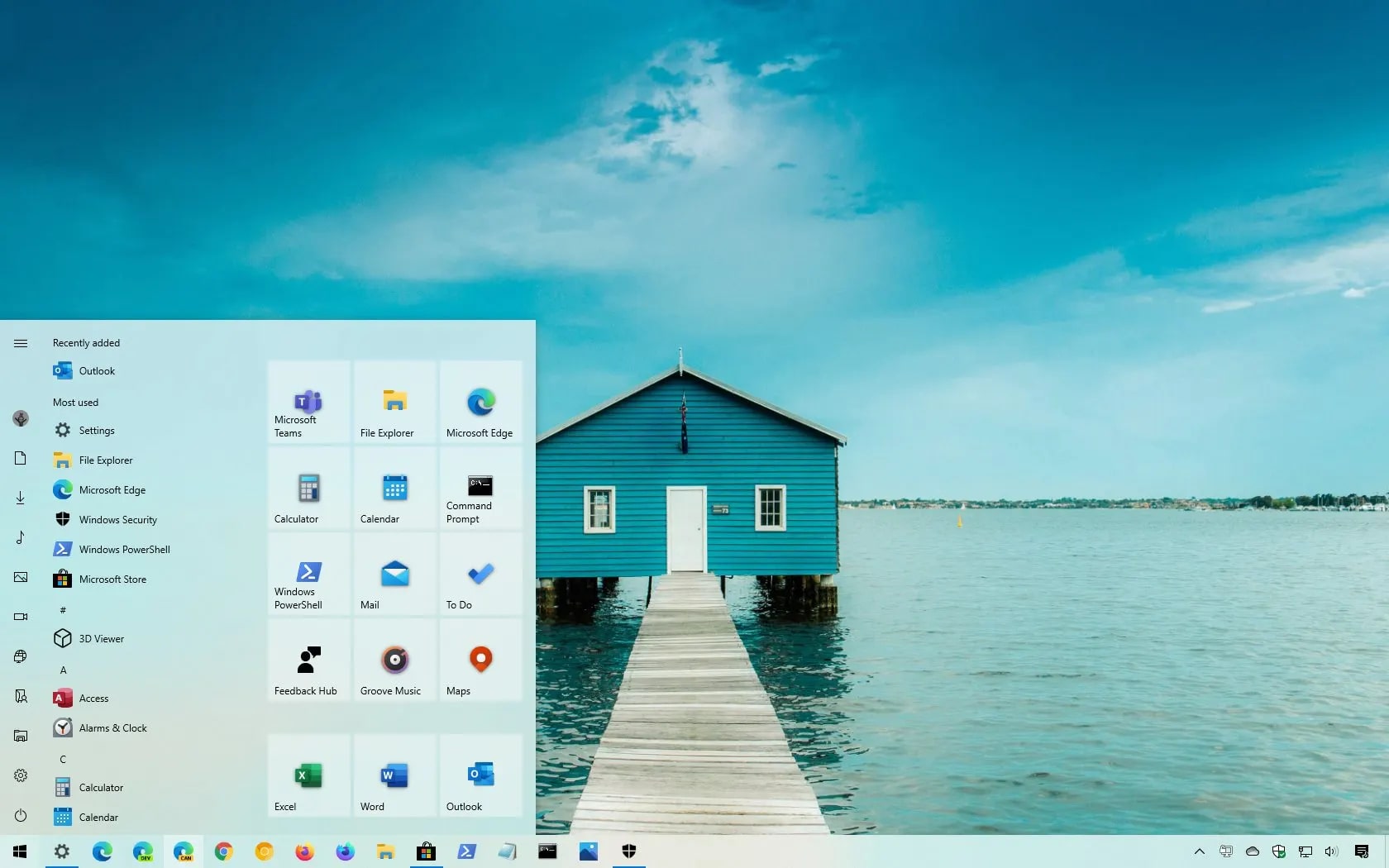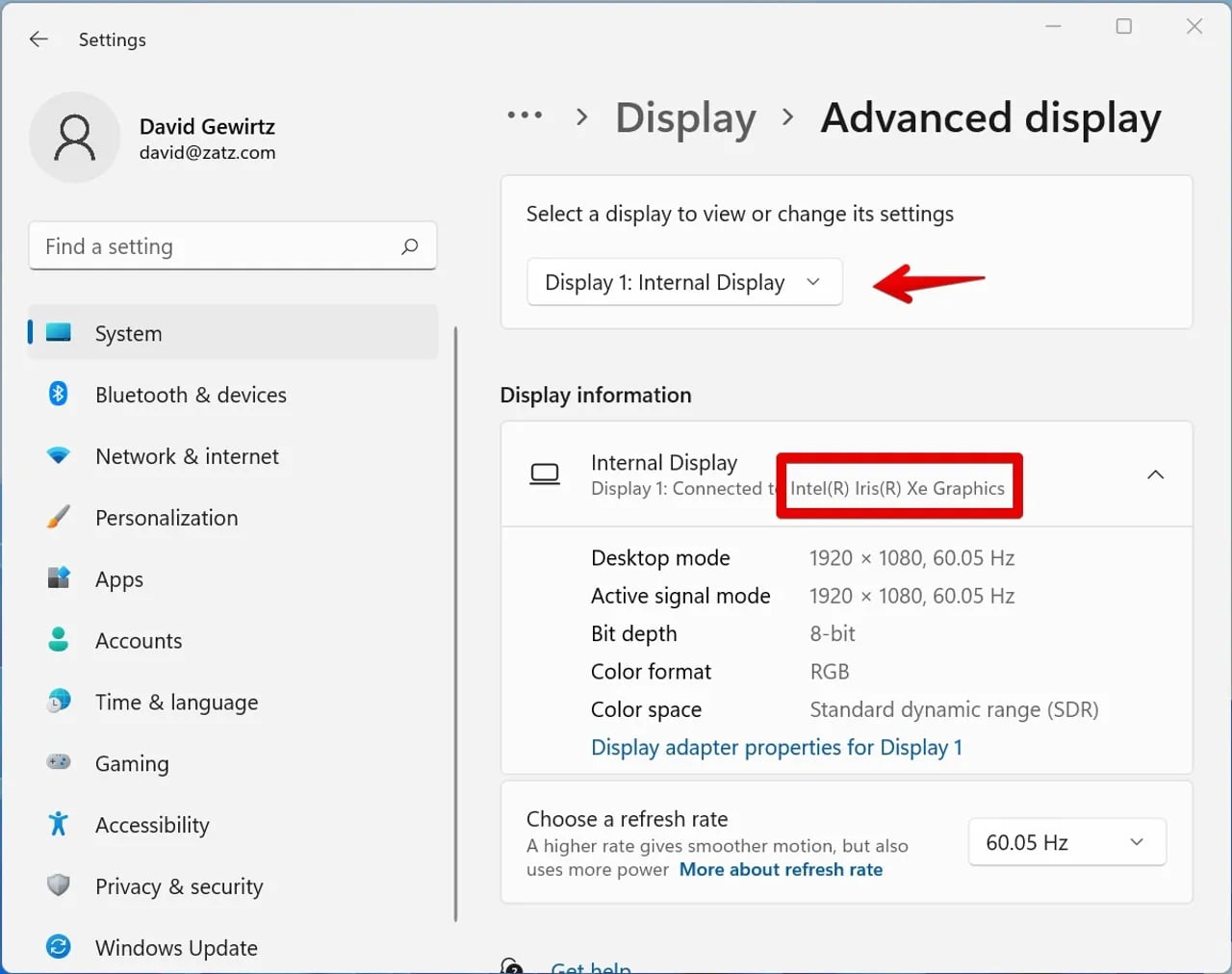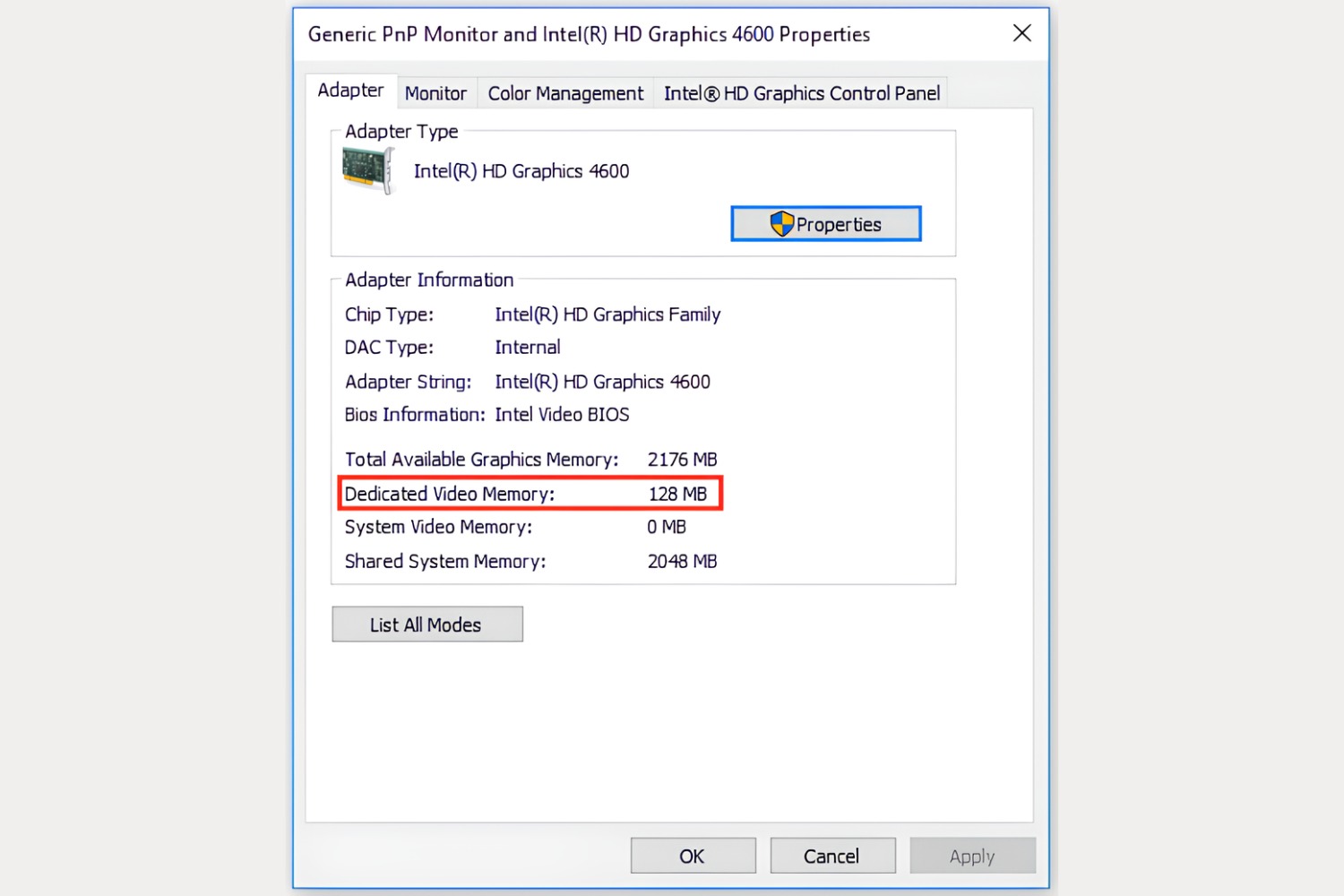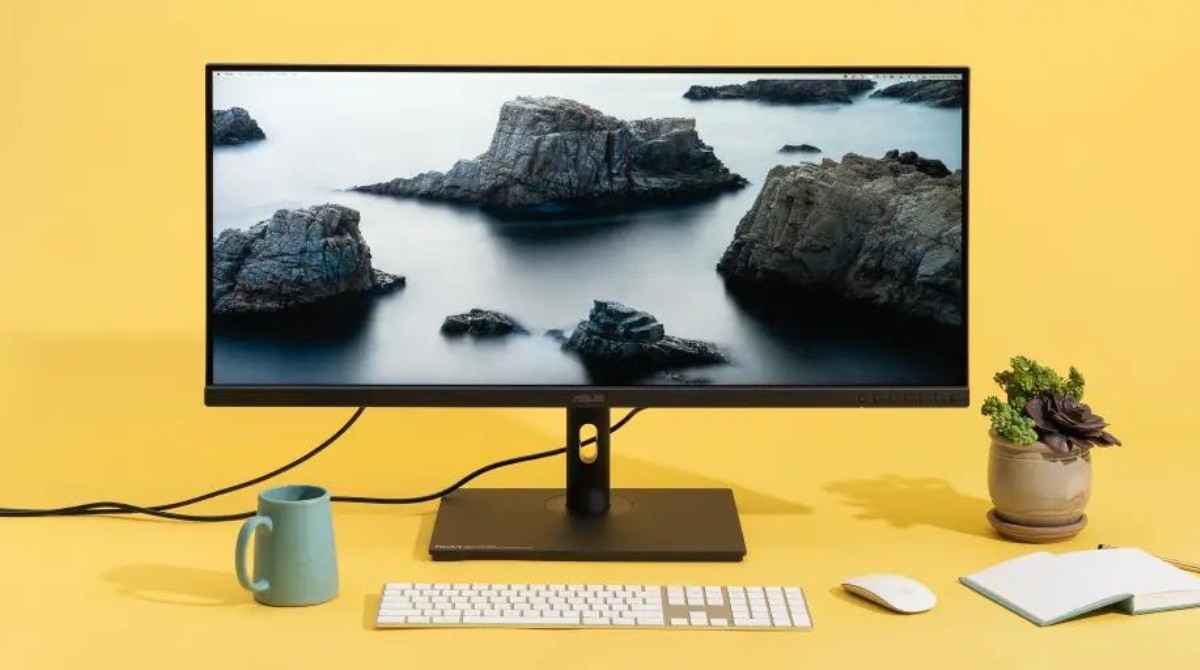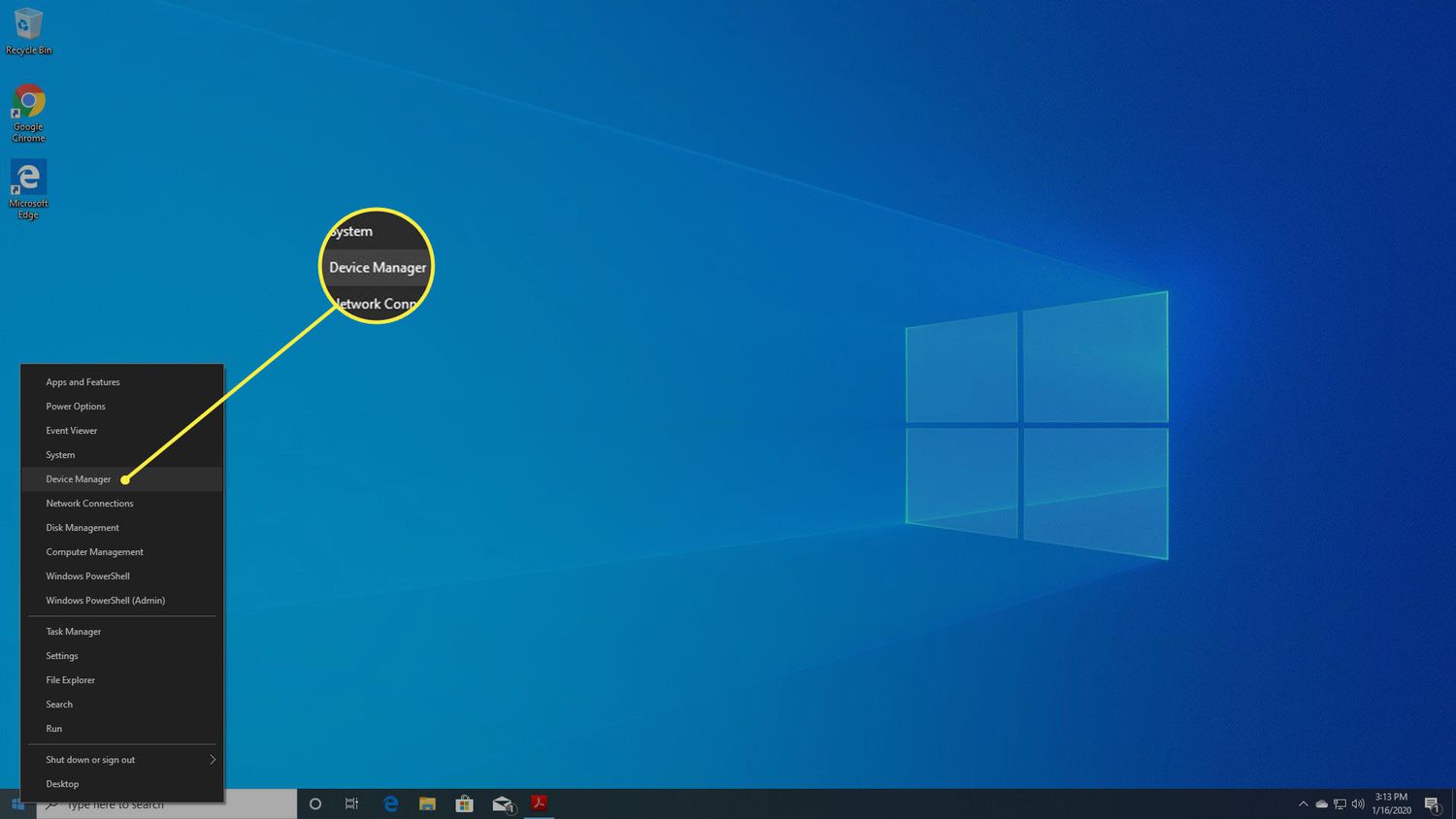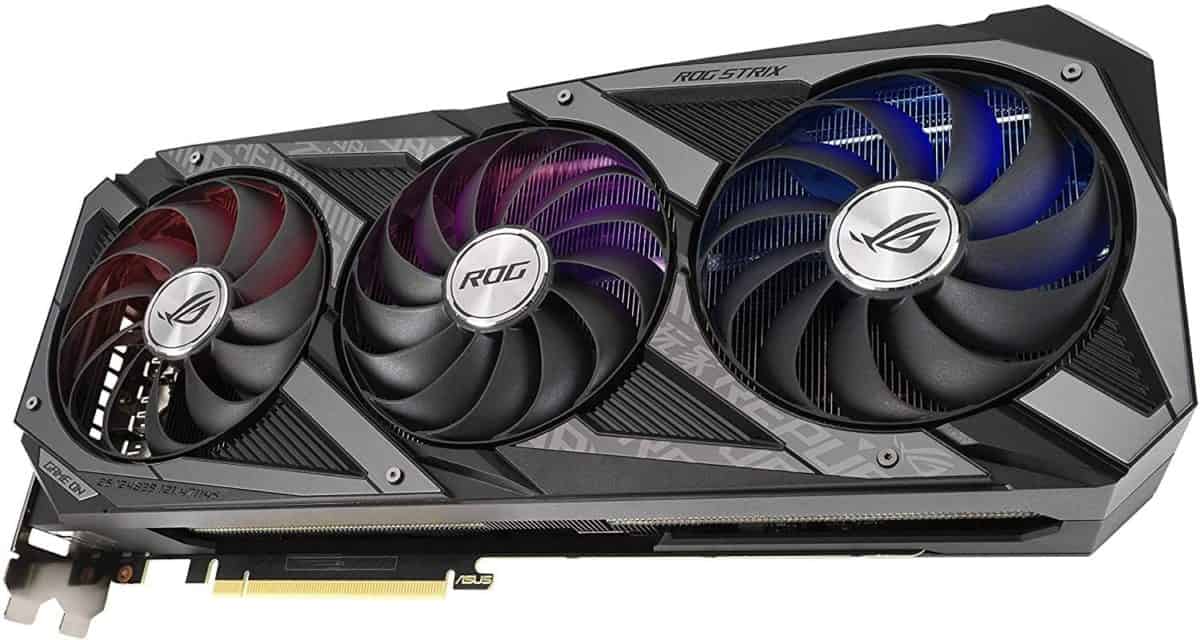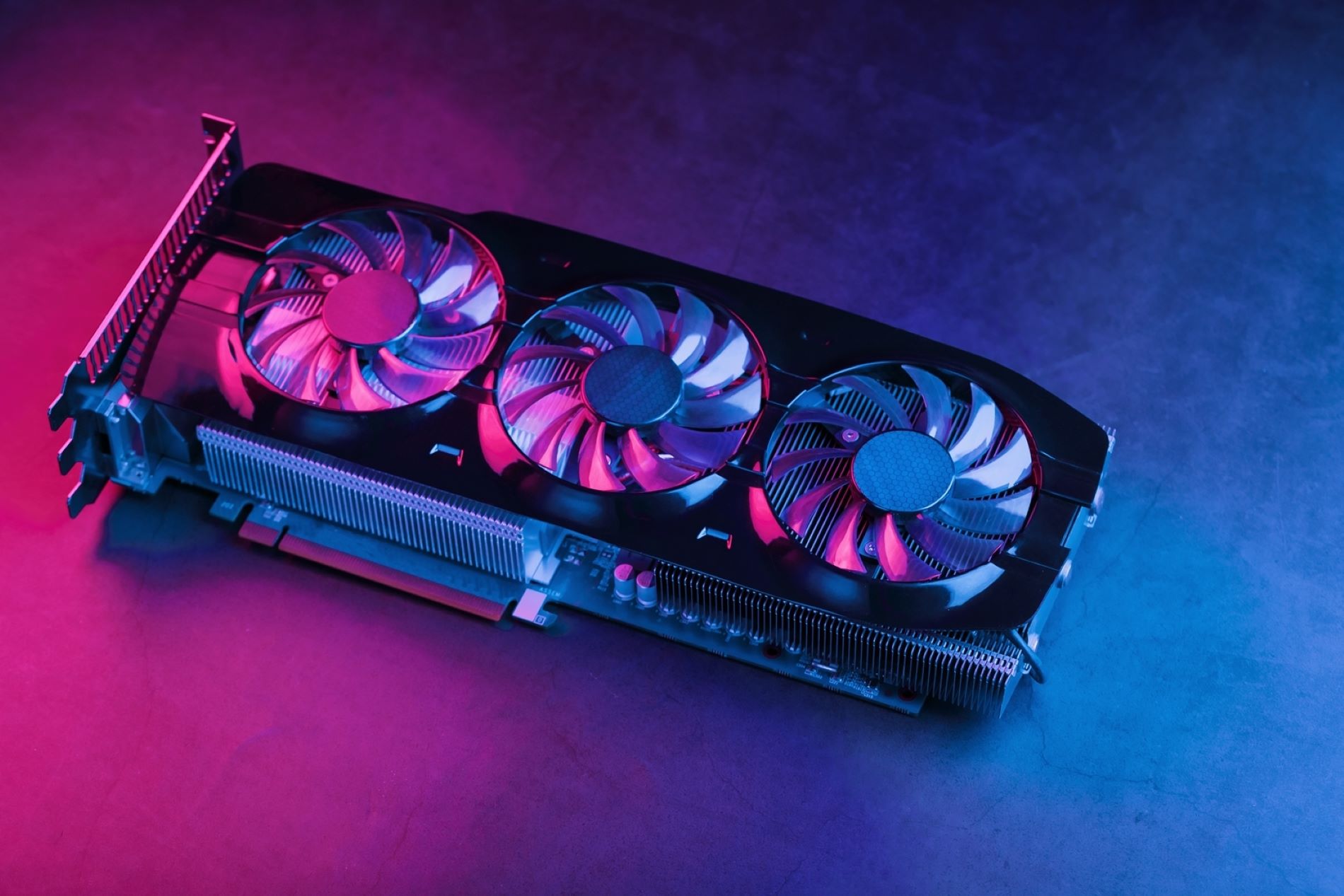Introduction
Keeping your graphics card updated is crucial for optimal performance and compatibility with the latest software and games on your Windows 10 system. An outdated graphics card driver can result in poor graphics quality, system crashes, and even incompatibility with newer applications.
Updating your graphics card driver on Windows 10 ensures that you have access to the latest features, bug fixes, and performance enhancements provided by the manufacturer. Updating the driver can also address compatibility issues with the operating system and newer software releases.
There are several methods you can use to update your graphics card driver in Windows 10. In this guide, we will explore these methods and provide step-by-step instructions to help you keep your graphics card driver up to date and ensure optimum performance of your system.
Please note that updating the graphics card driver requires some technical knowledge, and it is essential to approach the process cautiously to avoid any potential issues. If you are uncertain or uncomfortable with updating the driver yourself, it is advisable to seek assistance from a qualified professional.
Now, let’s dive into the various methods you can use to update your graphics card driver in Windows 10.
Checking for Updates
Before proceeding with updating your graphics card driver, it’s essential to check if there are any available updates for your system. Windows 10 provides a convenient built-in feature called Windows Update that allows you to check for and install the latest system updates, including graphics driver updates.
To check for updates using Windows Update, follow these steps:
- Click on the Start menu and select “Settings.”
- In the Settings window, click on “Update & Security.”
- Select the “Windows Update” tab from the left-hand menu.
- Click on the “Check for updates” button.
Windows will now search for any available updates for your system. If there are any graphics card driver updates available, they will be listed under the “Optional updates” section. Check the box next to the graphics driver update, and then click on the “Download and install” button.
Windows will now download and install the graphics driver update for your system. It may take some time depending on the size of the update and the speed of your internet connection. Once the installation process is complete, you may be prompted to restart your computer to apply the changes.
Checking for updates using Windows Update is a straightforward method to ensure that your system is up to date. However, it’s worth noting that Windows Update may not always have the latest graphics driver updates immediately available. In such cases, you can consider manually updating the driver or exploring other methods.
In the next sections, we will explore how to manually update graphics card drivers, install drivers from the manufacturer’s website, and use driver update software to keep your graphics card driver up to date in Windows 10.
Using Windows Update
Windows Update is a built-in feature in Windows 10 that allows you to automatically download and install updates for your operating system, including graphics card driver updates. This method is convenient and can ensure that you have the latest driver version for your graphics card.
To update your graphics card driver using Windows Update, follow these steps:
- Click on the Start menu and select “Settings.”
- In the Settings window, click on “Update & Security.”
- Select the “Windows Update” tab from the left-hand menu.
- Click on the “Check for updates” button.
Windows will now search for available updates for your system, including any graphics card driver updates.
If a graphics card driver update is found, it will be listed under the “Optional updates” section. Check the box next to the graphics driver update and click on the “Download and install” button.
Make sure to have a stable internet connection as the update may vary in size and may take some time to download. Once the update is downloaded, Windows will automatically install it.
After the installation process is complete, you may be prompted to restart your computer to apply the changes. It is important to restart your system as requested to ensure that the new graphics driver is fully installed and functioning properly.
Using Windows Update to update your graphics card driver is a convenient and straightforward method, especially for users who prefer an automated approach. However, please keep in mind that Windows Update may not always have the most up-to-date driver version immediately available. If that is the case, you can consider other options such as manually updating the driver or visiting the manufacturer’s website.
In the next sections, we will explore these alternative methods in detail to help you update your graphics card driver effectively in Windows 10.
Manually Updating Drivers
If Windows Update does not have the latest graphics card driver available, or if you prefer more control over the update process, you can manually update the driver for your graphics card in Windows 10. This method allows you to download the latest driver version directly from the manufacturer’s website and install it on your system.
Here are the steps to manually update your graphics card driver:
- Identify the make and model of your graphics card. You can do this by opening the Device Manager. Press the Windows key + X and select Device Manager from the list. Expand the Display adapters category and note down the make and model of your graphics card.
- Visit the website of the graphics card manufacturer. This could be Nvidia, AMD, or Intel, depending on the brand of your graphics card.
- Locate the Support or Drivers section on the manufacturer’s website.
- Search for the driver that corresponds to your graphics card’s make and model, and ensure it is compatible with Windows 10.
- Download the latest driver version for your graphics card.
- Once the driver is downloaded, double-click on the installer file and follow the on-screen instructions to install the driver.
- Restart your computer to apply the changes and ensure that the new graphics driver is functioning correctly on your system.
It is important to note that manually updating the graphics card driver requires downloading and installing the correct driver version for your specific graphics card. Selecting the wrong driver can cause compatibility issues or system instability. Therefore, it is crucial to double-check the make and model of your graphics card before downloading and installing the driver.
Manually updating the graphics card driver provides more control over the update process and ensures that you have the latest version directly from the manufacturer. However, it requires some technical knowledge and caution to avoid any potential issues. If you are unsure or uncomfortable with updating the driver manually, you may consider using driver update software, which we will discuss in the next section.
Installing from Manufacturer’s Website
If you want to ensure that you have the latest and most compatible graphics card driver for your Windows 10 system, you can directly download and install it from the manufacturer’s website. This method allows you to bypass any potential delays in driver availability through Windows Update and ensures that you have the most up-to-date driver version.
Here are the steps to install the graphics card driver from the manufacturer’s website:
- Identify the make and model of your graphics card. You can do this by opening the Device Manager. Press the Windows key + X and select Device Manager from the list. Expand the Display adapters category and note down the make and model of your graphics card.
- Visit the website of the graphics card manufacturer, such as Nvidia, AMD, or Intel.
- Navigate to the Support or Drivers section on the manufacturer’s website.
- Search for the driver that corresponds to your graphics card’s make and model and ensure it is compatible with Windows 10.
- Download the latest driver version for your graphics card.
- Once the driver is downloaded, double-click on the installer file, and follow the on-screen instructions to install the driver.
- Restart your computer to apply the changes and ensure that the new graphics driver is functioning correctly on your system.
Installing the graphics card driver directly from the manufacturer’s website ensures that you have the latest and most compatible driver version for your system. It can be particularly useful if Windows Update does not have the latest driver available or if you prefer to have more control over the update process.
However, similar to manually updating the driver, it is essential to download and install the correct driver version for your specific graphics card. Using an incompatible driver can cause system instability or compatibility issues. Therefore, ensure that you select the appropriate driver based on your graphics card’s make and model.
If manually updating or installing the driver seems overwhelming, you can explore the option of using driver update software, which automates the process and ensures that you have the correct driver version for your system. We will discuss driver update software in the next section.
Using Driver Update Software
If you prefer a more automated and hassle-free approach to update your graphics card driver in Windows 10, using driver update software can be a convenient option. Driver update software scans your system, identifies outdated or incompatible drivers, and helps you download and install the latest versions directly from the manufacturer. This method saves you time and effort in manually searching for the correct driver version.
Here are the steps to use driver update software to update your graphics card driver:
- Research and choose a reputable driver update software program. There are several options available, such as Driver Booster, Driver Easy, or Snappy Driver Installer, among others.
- Download and install the driver update software on your Windows 10 system.
- Launch the software and initiate a scan for outdated or incompatible drivers.
- Once the scan is complete, the software will present you with a list of drivers that require updating, including your graphics card driver.
- Select the graphics card driver from the list and choose the update option.
- The software will now download and install the latest driver version for your graphics card.
- Follow any on-screen instructions provided by the software during the installation process.
- After the installation is complete, restart your computer to apply the changes and ensure that the new graphics driver is functioning correctly on your system.
Using driver update software simplifies the process of updating your graphics card driver by automating the scanning, downloading, and installation steps. It ensures that you have the latest and most compatible driver version without the need for manual searching and verification.
While driver update software can be a convenient option, it is essential to choose a reputable program from a trusted source. Conduct thorough research and read user reviews to ensure that the software you choose is reliable and safe. Additionally, it is always a good practice to create a system restore point before making any driver updates, as a precautionary measure in case any issues arise during the update process.
With driver update software, you can easily keep your graphics card driver updated without the need for manual intervention and technical knowledge.
Troubleshooting Common Issues
While updating your graphics card driver in Windows 10 is generally a smooth process, there may be instances where you encounter some common issues. It’s important to be aware of these issues and know how to troubleshoot them to ensure a successful driver update.
Here are some common issues that may arise during the driver update process and their troubleshooting steps:
- Driver installation failure: If the driver installation fails or encounters an error, try running the installer as an administrator. Right-click on the installer file and select “Run as administrator.”
- System freezing or crashing after the update: If your system freezes or crashes after updating the graphics card driver, restart your computer in Safe Mode and uninstall the driver. Then, try reinstalling the previous version of the driver or installing a newer version from the manufacturer’s website.
- Incompatibility with software or games: If you experience compatibility issues with specific software or games after updating the driver, check if there are any available patches or updates for those applications. Alternatively, consider rolling back to the previous driver version that was compatible with the software or game.
- Black screen or display issues: If you encounter a black screen or display issues after updating the graphics card driver, restart your computer in Safe Mode and use the Device Manager to rollback the driver to the previous version. You can access the Device Manager by pressing the Windows key + X and selecting Device Manager from the list.
- Driver conflicts: If you have multiple graphics cards or have previously installed third-party driver management software, conflicts may occur during the driver update process. Uninstall any conflicting software and disable any unnecessary graphics cards before attempting to update the driver.
If you encounter any other issues while updating the graphics card driver in Windows 10, it is recommended to visit the manufacturer’s support website or seek assistance from their customer support team. They will be able to provide specific troubleshooting steps tailored to your graphics card model and the issues you are facing.
By being aware of these common issues and their troubleshooting steps, you can overcome any challenges that may arise during the driver update process and ensure a smooth and successful update of your graphics card driver.
Conclusion
Updating your graphics card driver in Windows 10 is crucial for maintaining optimal performance, compatibility with software and games, and accessing the latest features and improvements offered by the manufacturer. In this guide, we explored various methods to update the graphics card driver, including using Windows Update, manually updating the driver, installing from the manufacturer’s website, and using driver update software.
Windows Update provides a convenient way to check for and install available driver updates, while manually updating the driver allows for more control over the process by directly downloading the driver from the manufacturer’s website. Installing the driver from the manufacturer’s website ensures that you have the latest and most compatible version for your graphics card, while driver update software automates the scanning, downloading, and installation steps for you.
Throughout the driver update process, it is important to take precautions and follow the recommended steps to avoid any potential issues. It is also crucial to verify the make and model of your graphics card and download the correct driver version to ensure compatibility with your system.
If you encounter any issues during the driver update process, such as installation failures, compatibility problems, or display issues, refer to the troubleshooting steps outlined in this guide or seek assistance from the manufacturer’s support website or customer support team.
By keeping your graphics card driver up to date, you can enjoy improved performance, stability, and compatibility with the latest software and games on your Windows 10 system. Regularly checking for updates and updating your graphics card driver ensures that your system remains optimized and provides the best possible experience.
Remember to periodically check for new driver updates, as manufacturers often release updates to address compatibility issues, security vulnerabilities, and performance improvements. By staying proactive and keeping your graphics card driver updated, you can maximize the potential of your system and enjoy a smooth and immersive computing experience.







